Can You Build A Tolerance To Weed
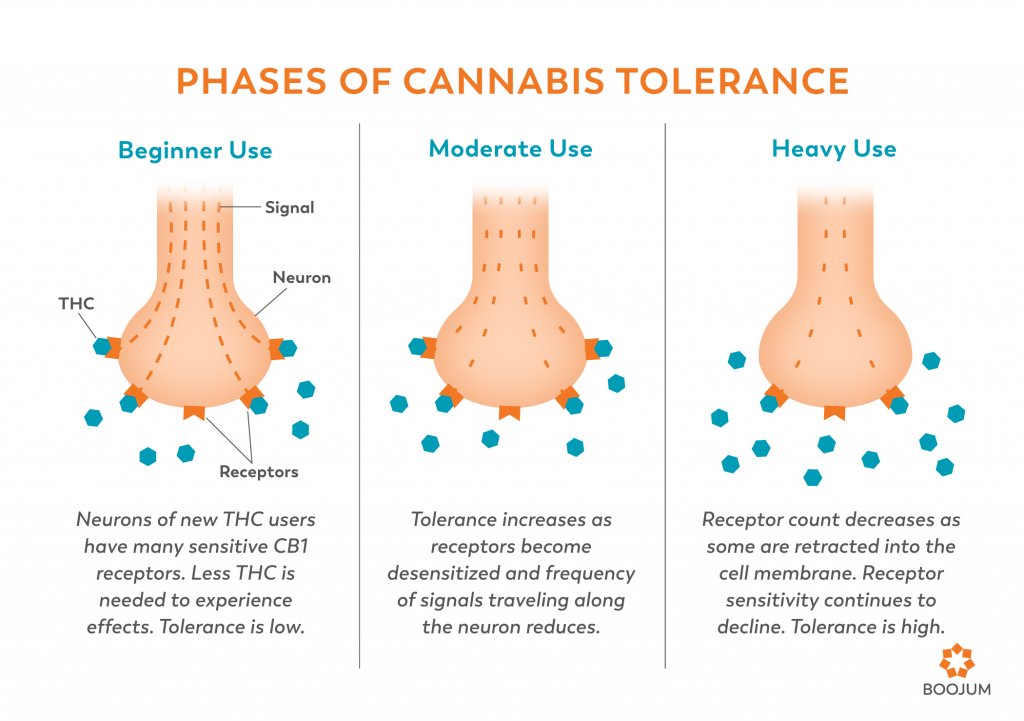
Imagine sitting on a porch swing as the sun dips below the horizon, painting the sky in hues of orange and purple. A gentle breeze whispers through the trees, carrying the familiar scent of freshly cut grass. Beside you, a friend takes a slow, deliberate draw from a vape pen, exhaling a plume of vapor that dissipates into the cool evening air. A comfortable silence settles between you, punctuated only by the chirping of crickets and the distant laughter of children playing.
But lately, that comfortable buzz seems… different. It takes more to achieve the same effect, the mellow feeling fleeting. The question lingers: can you actually build a tolerance to weed, and if so, what does that mean for enjoying those peaceful moments?
The Burning Question: Tolerance and Cannabis
This article delves into the science behind cannabis tolerance, exploring how the body adapts to regular use and what practical steps can be taken to manage or even reverse this phenomenon. We’ll explore the mechanisms at play in your brain and body, and offer insights for maintaining a healthy and enjoyable relationship with cannabis.
Understanding the Endocannabinoid System (ECS)
To understand tolerance, we first need to understand the Endocannabinoid System (ECS). This complex network of receptors, enzymes, and neurotransmitters plays a crucial role in regulating various bodily functions, including mood, pain, appetite, and sleep.
The ECS works by producing cannabinoids naturally, but it also interacts with external cannabinoids, such as THC (tetrahydrocannabinol), the psychoactive compound in cannabis.
When THC enters the body, it binds to CB1 receptors primarily located in the brain and central nervous system, and CB2 receptors found throughout the body. This interaction leads to the various effects associated with cannabis use.
How Tolerance Develops
Tolerance develops when the body adapts to the repeated presence of THC. There are two main types of tolerance: metabolic and pharmacodynamic.
Metabolic tolerance occurs when the body becomes more efficient at metabolizing and eliminating THC. This means that the drug is processed and cleared from the system more quickly, resulting in a reduced effect.
Pharmacodynamic tolerance, the more significant factor, involves changes in the number or sensitivity of cannabinoid receptors. With chronic exposure to THC, the brain may downregulate CB1 receptors, meaning it reduces the number of receptors available for THC to bind to.
Additionally, the remaining receptors may become less sensitive to THC, requiring higher doses to achieve the same effect. Think of it like repeatedly using a certain volume setting on your TV. Eventually, you increase the volume to get the same listening experience.
This downregulation and desensitization of receptors is the primary reason why regular cannabis users often require higher doses to experience the same psychoactive effects as infrequent users. Over time, the brain literally adapts to the constant presence of THC, lessening its impact.
Evidence and Research
Numerous studies support the existence of cannabis tolerance. A 2016 review published in the journal "Biological Psychiatry" examined the effects of chronic cannabis use on brain function and receptor availability. The review found evidence of CB1 receptor downregulation in regular cannabis users, particularly in areas of the brain associated with reward and motivation.
The National Institute on Drug Abuse (NIDA) has also conducted research on cannabis tolerance, highlighting the potential for users to develop a need for higher doses to achieve the desired effects. While cannabis tolerance is well-documented, the extent and rate at which it develops can vary significantly between individuals.
Factors such as frequency of use, potency of cannabis products, individual metabolism, and genetics all play a role. A daily user consuming high-potency products is more likely to develop tolerance faster than someone who uses cannabis occasionally.
Practical Strategies for Managing Tolerance
So, what can you do if you find yourself needing more and more cannabis to achieve the same effect? Fortunately, there are several strategies to manage or even reverse tolerance.
The most effective approach is a tolerance break. This involves abstaining from cannabis use for a period of time, allowing the CB1 receptors to recover and upregulate. The duration of the break can vary, but even a few days or weeks can make a noticeable difference.
Some studies suggest that a break of 2-4 weeks can significantly restore receptor sensitivity. During this time, the brain begins to produce more CB1 receptors and the existing receptors become more responsive to cannabinoids.
Another strategy is to reduce the frequency and potency of your cannabis use. Instead of daily consumption, try using cannabis only on weekends or for specific occasions.
Switching to lower-THC products can also help. Explore strains with a higher CBD (cannabidiol) content, as CBD does not bind to CB1 receptors in the same way as THC and can even have modulating effects on the ECS.
Consider diversifying your consumption methods. If you primarily smoke or vape, explore edibles or tinctures, which are processed differently by the body and may lead to a slightly different effect.
Also, paying attention to the overall set and setting can enhance your cannabis experience. Creating a comfortable and relaxing environment can make even a smaller dose more effective. This includes being mindful of your mood, surroundings, and the people you are with.
The Bigger Picture: Responsible Cannabis Use
Understanding tolerance is a crucial aspect of responsible cannabis use. By being aware of how your body responds to cannabis and taking steps to manage tolerance, you can maintain a healthy and enjoyable relationship with the plant.
It’s also important to be mindful of the potential for dependence and addiction. While cannabis is generally considered less addictive than other substances, some individuals may develop a problematic relationship with it.
If you find yourself using cannabis to cope with stress or anxiety, or if you experience withdrawal symptoms when you stop using it, it may be worth seeking professional help. Mental health professionals can provide guidance and support in developing healthier coping mechanisms.
Finally, remember that cannabis affects everyone differently. What works for one person may not work for another. Experiment with different strains, dosages, and consumption methods to find what suits you best.
A Reflective Conclusion
As the sun fully sets, casting long shadows across the porch, the air cools and the stars begin to emerge. The conversation shifts, moving from the scientific intricacies of tolerance to shared stories and laughter.
Understanding how your body adapts to cannabis is not just about chasing the highest high. It's about cultivating a mindful and sustainable relationship with a plant that has been used for centuries for its medicinal and recreational properties.
By recognizing the signs of tolerance and implementing strategies to manage it, you can continue to enjoy the calming embrace of cannabis, enhancing those peaceful moments on the porch swing for years to come. Remember, it's not about more, but about better – a more informed, more intentional, and ultimately, more fulfilling experience.
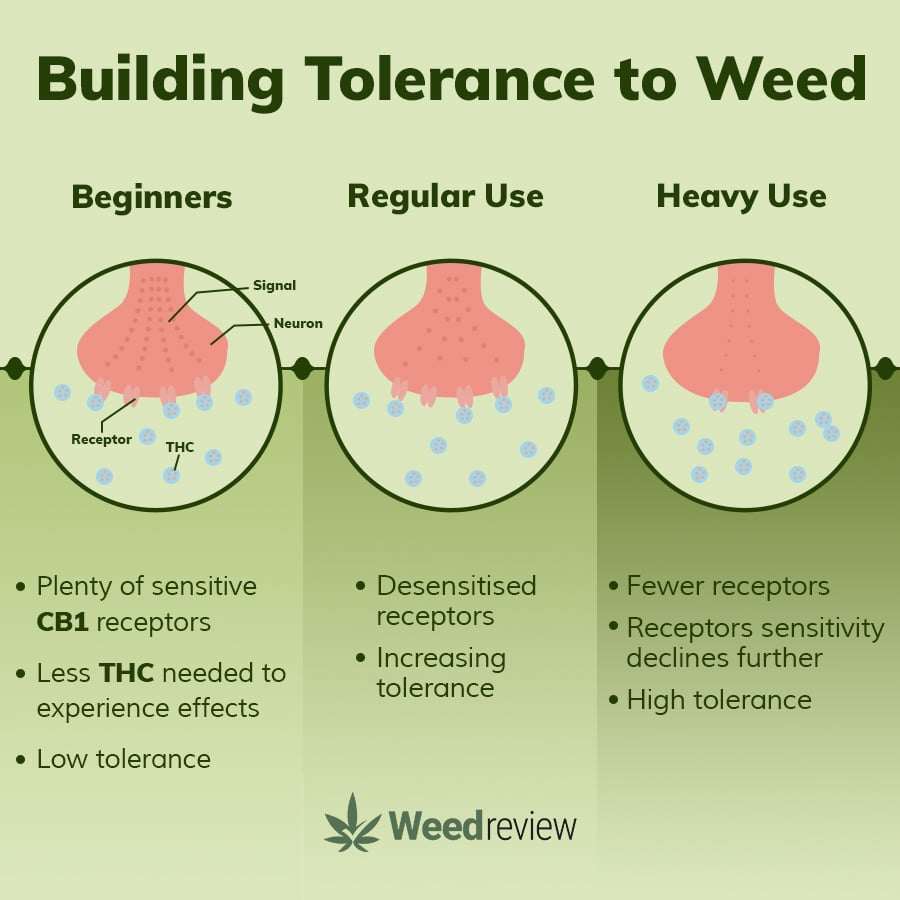
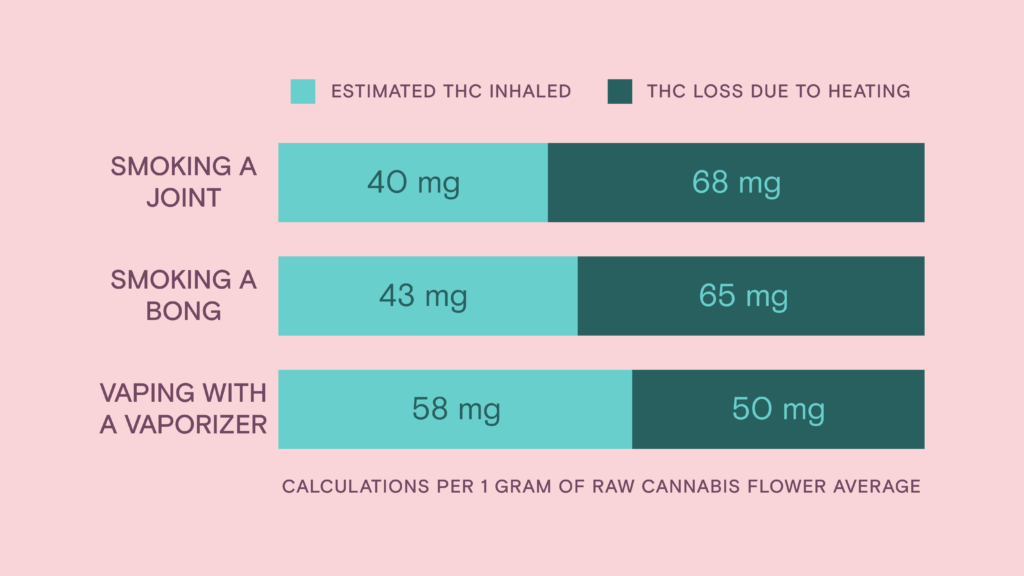



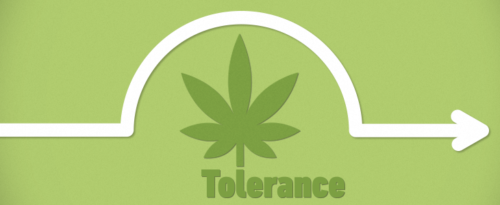

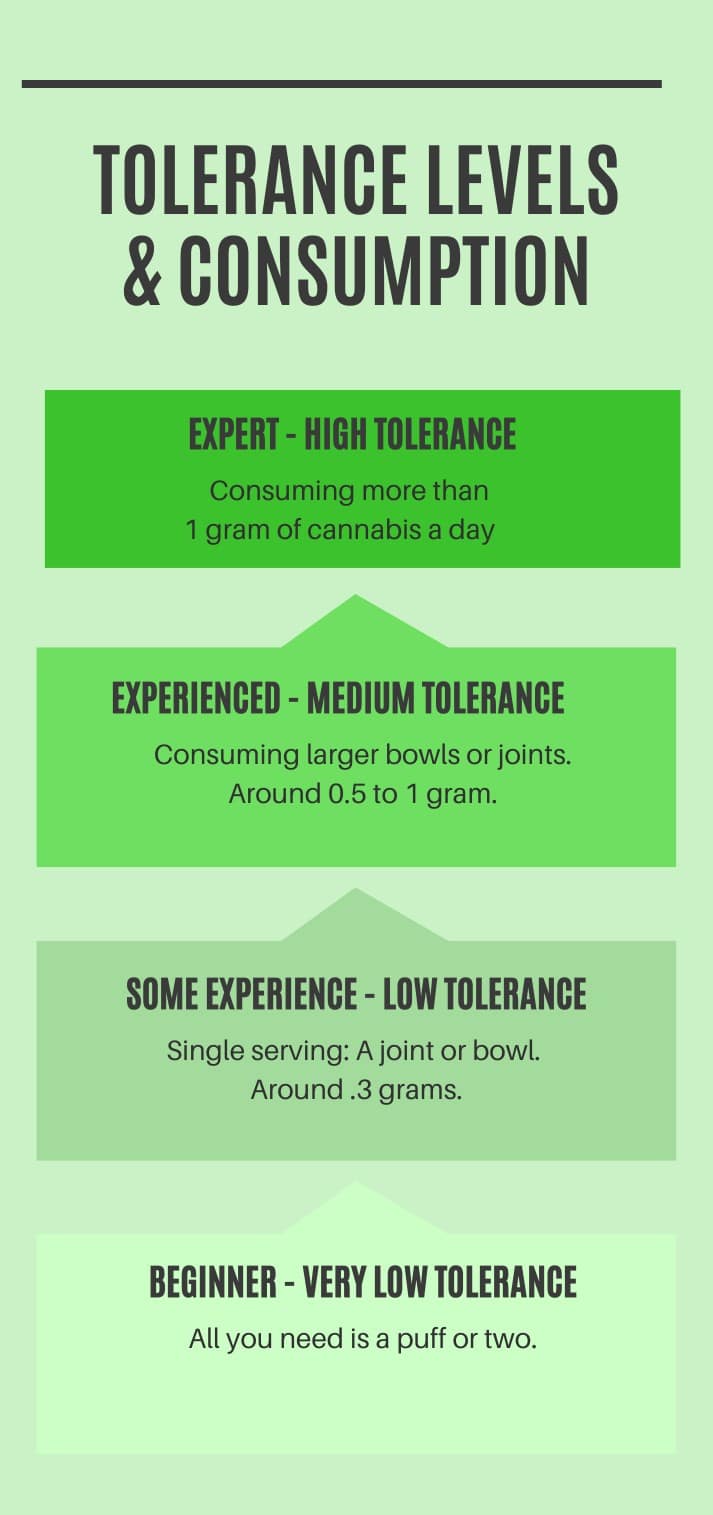

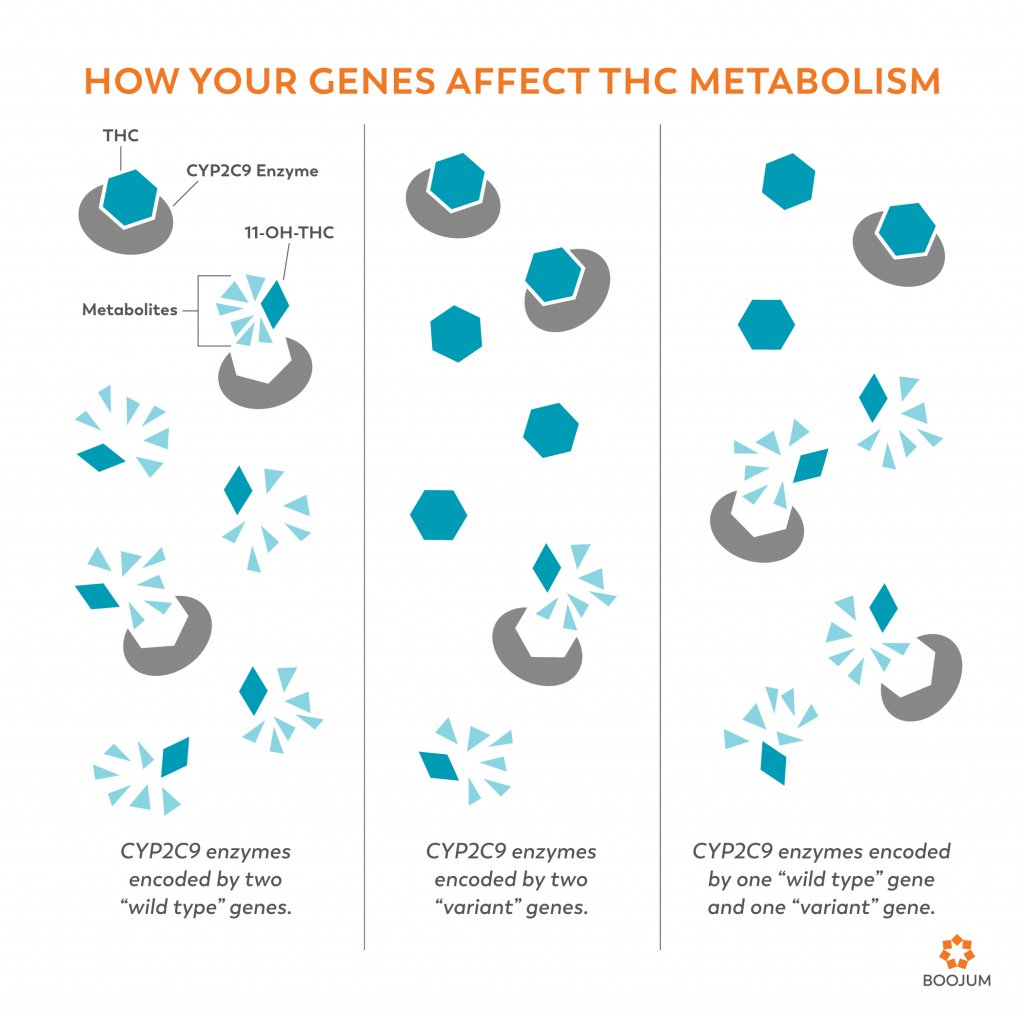

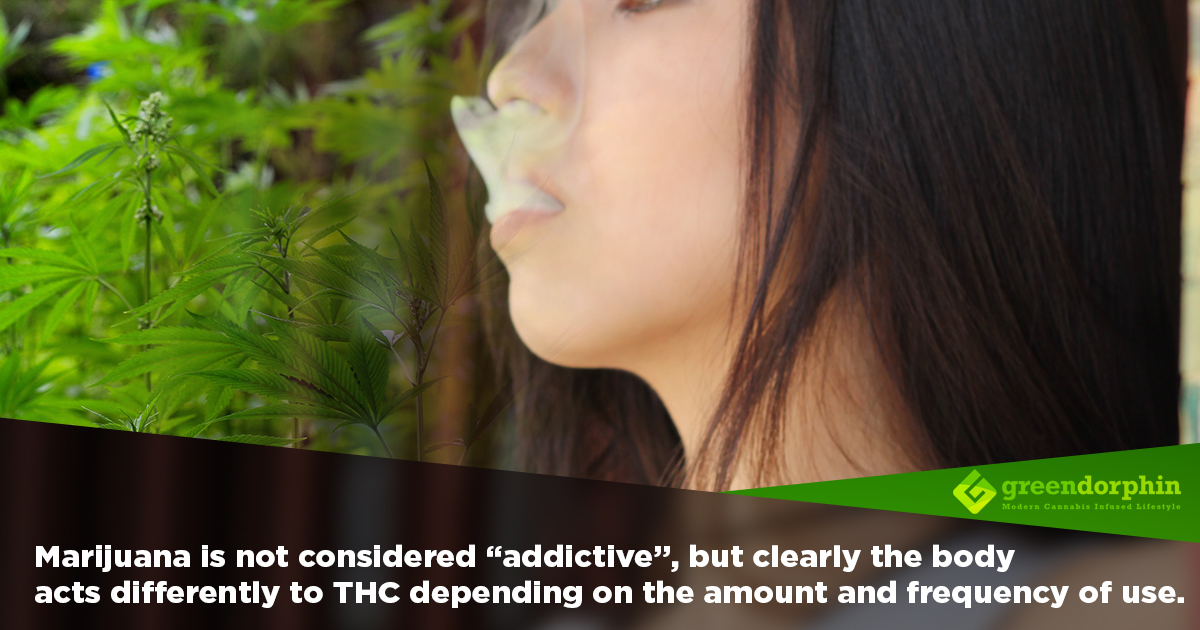
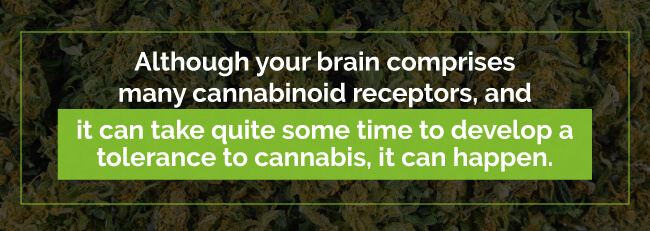
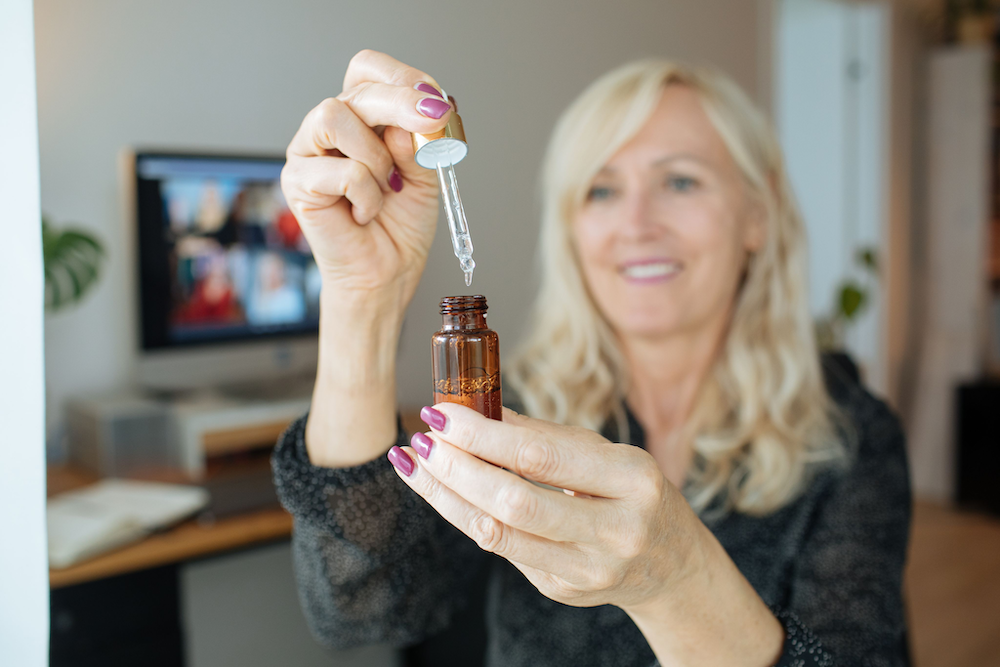

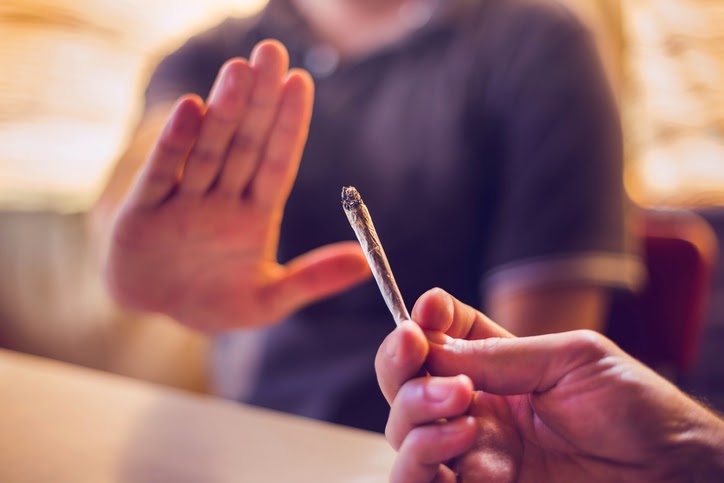

:max_bytes(150000):strip_icc()/marijuana-abuse-5212006-DD-Final-a051be4ff2f742c996071072bc1f2796.jpg)
